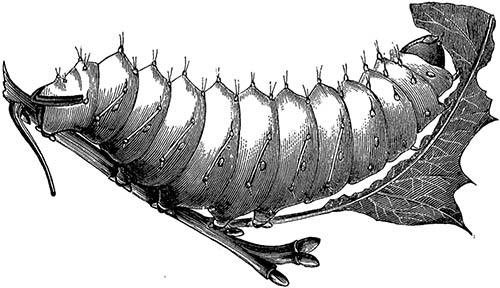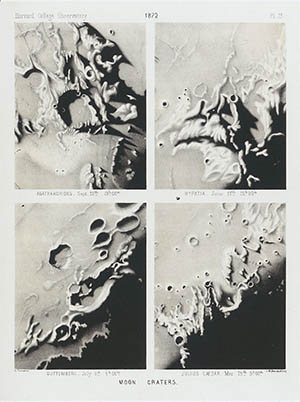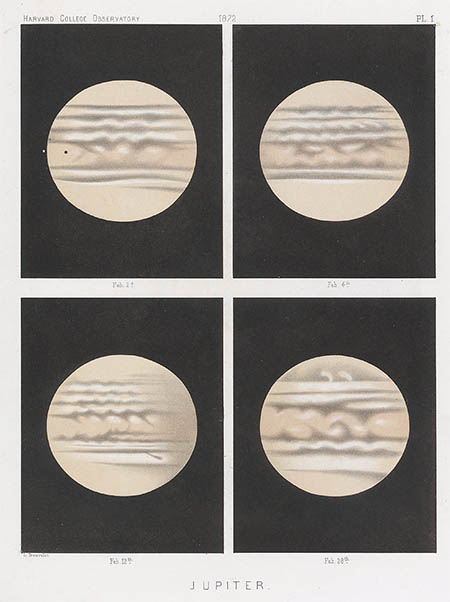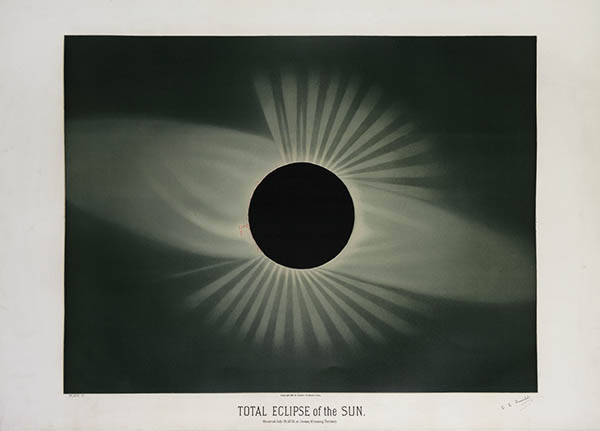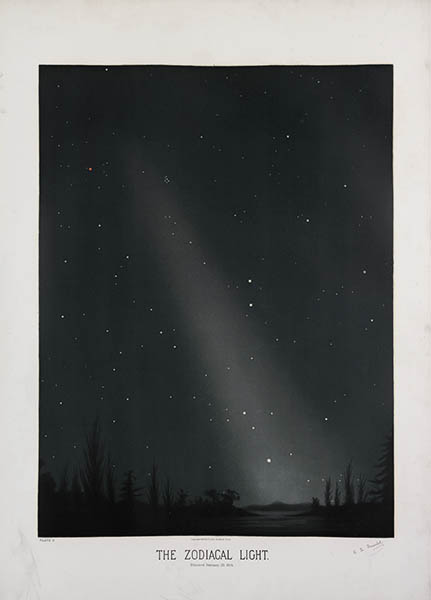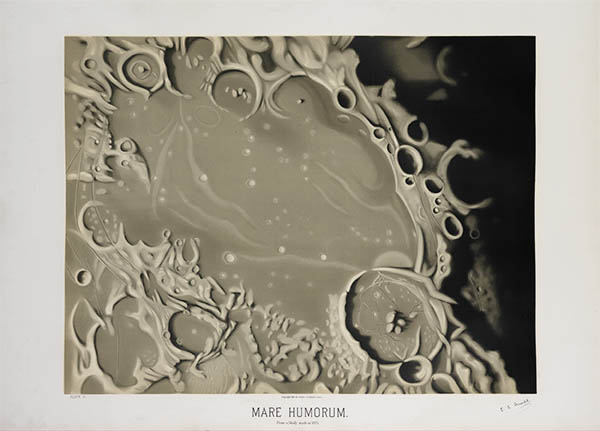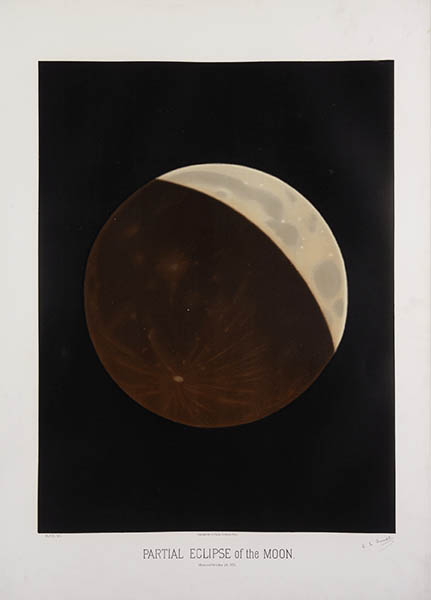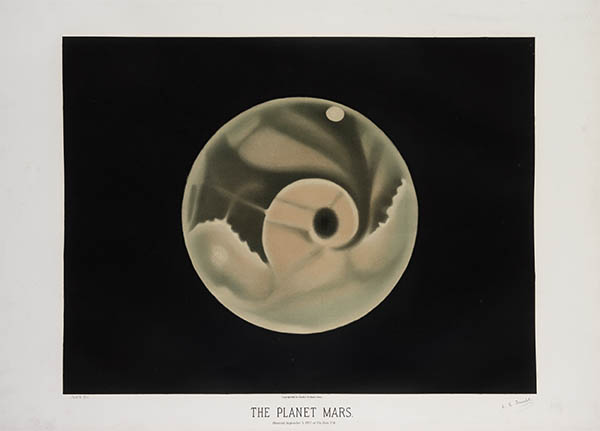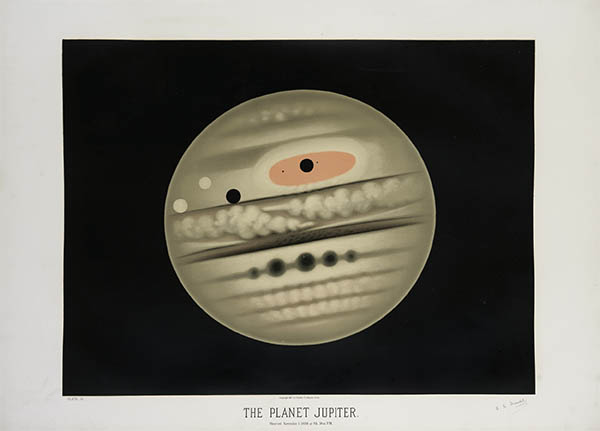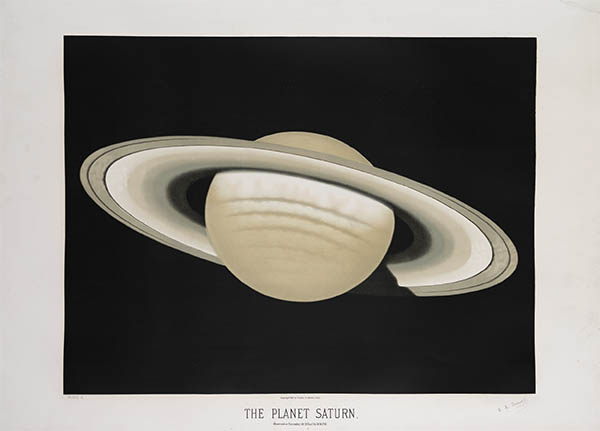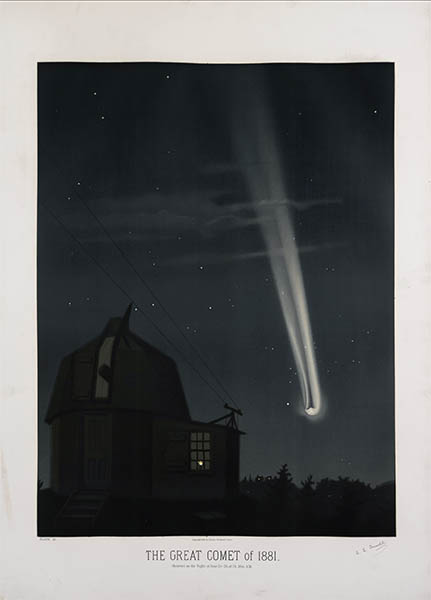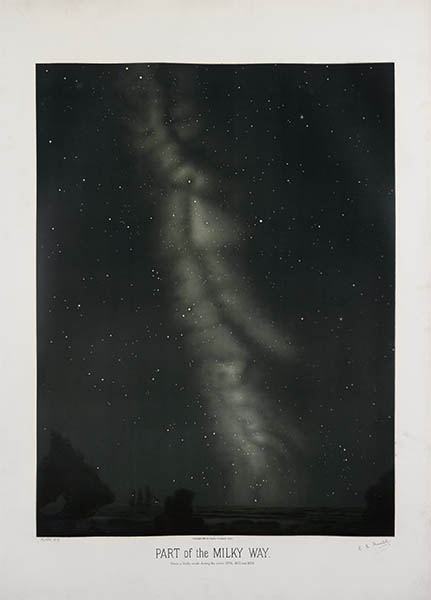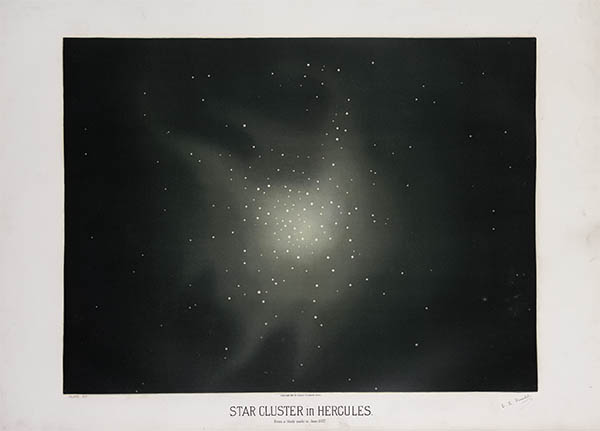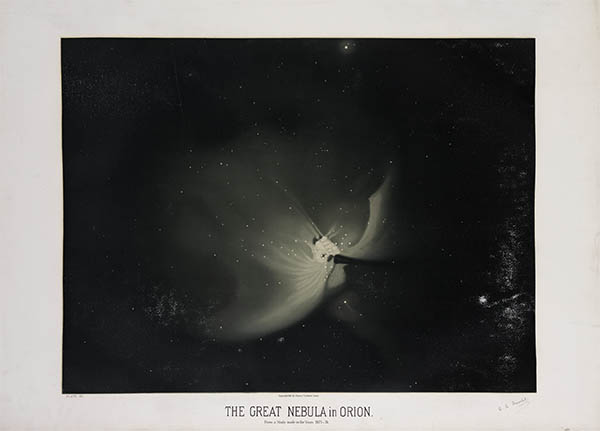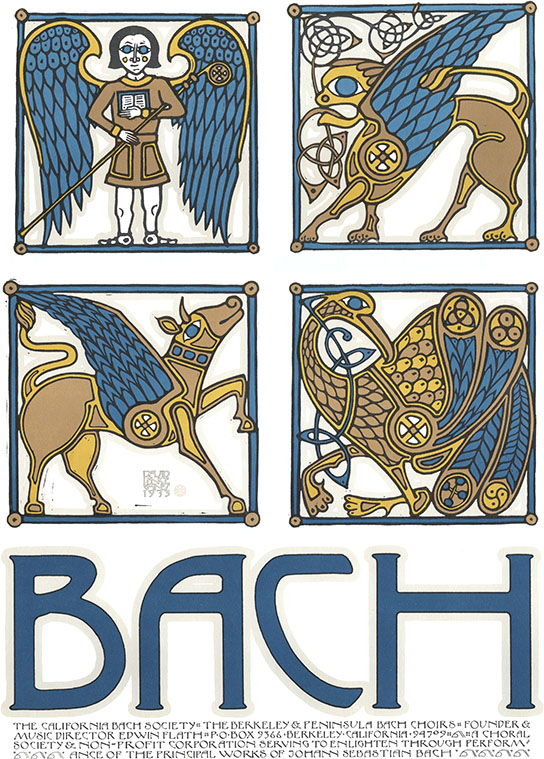 |
| I love this one... Can you see the Book of Kells influence at this poster? Niiiiiiiice (here) |
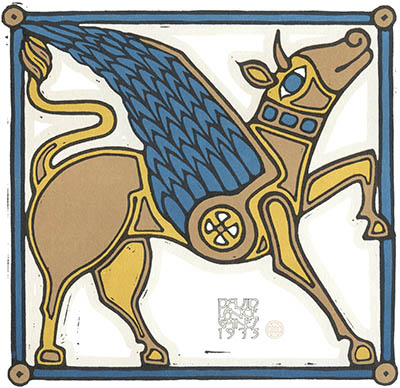
::from wikipedia res:: Just the text below for the BIO...
David Lance Goines (born May 29,
1945) is an American artist, calligrapher, typographer, printing entrepreneur,
and author. He was born in Grants
Pass, Oregon, the oldest of eight children. During the 1960s,
Goines enrolled at the University of California at Berkeley as a
Classics major. While a student in classical literature at
the University of California, Berkeley he participated
in the Free
Speech Movement of late 1964, which led to his expulsion. Though soon
re-admitted, he again left the University in 1965, this time to apprentice as a
printer in Berkeley. In
1968 he founded Saint Hieronymus Press
there. The major output of the press consists of Goines' limited edition poster
and calendar art
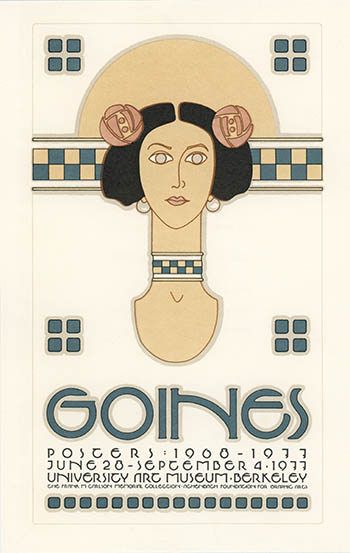
Goines first printed this poster for his friend Tom Luddy and the Pacific Film Archive to advertise a showing of the film Chronik der Anna Magdalena Bach in 1973.
Long after the movie finished playing, Goines changed the text and the
poster became a general publicity piece for the San Francisco-based
California Bach Society.
It is perhaps his most popular poster, going through no less than three printings.
Like many of his late-1960s Bay-area contemporaries,
Goines was influenced by the German Jugendstil movement, especially
Lucian Bernhard and Ludwig Hohlwein.
Unlike most of the psychedelic designers, however, he pared his designs
down to only the most relavent elements: a strong central image, limited
use of color, and a straightforward message.
Anything more he felt was no longer a poster.
Although Goines graphic style is most often described as Arts and
Crafts, he draws on a wide range historical styles including Japanese
ukio-e woodblocks, Art Nouveau, Vienna Secession and Art Deco.
His Bach poster, for example, is influenced by Celtic stonework and the
Book of Kells to characterize the composer as the "fifth evangelist." Link to my previous post about the Book of Kells here
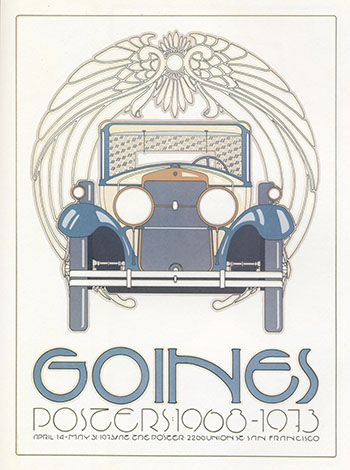
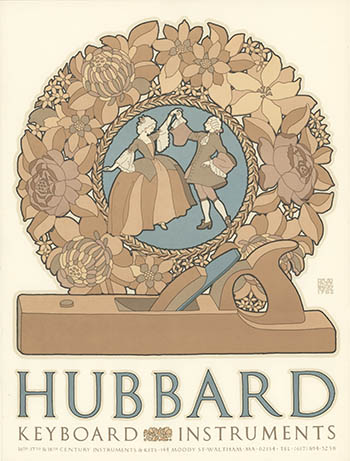
What
separates Goines from other designers, of
course, is that he prints his own work. His posters are all 2-24
solid-color lithographs printed on the same press he learned his trade
on in the 1960s. It goes with saying that 4-color reproductions in books
or the images presented here hardly do the originals justice.
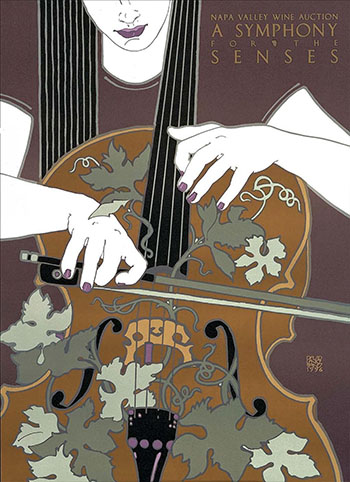
No. 167. Napa Valley Wine Auction, 1996
This poster is still available from the California Bach Society.
For around 30 USD you not only get an actual Goines-printed poster but help support the Society.
